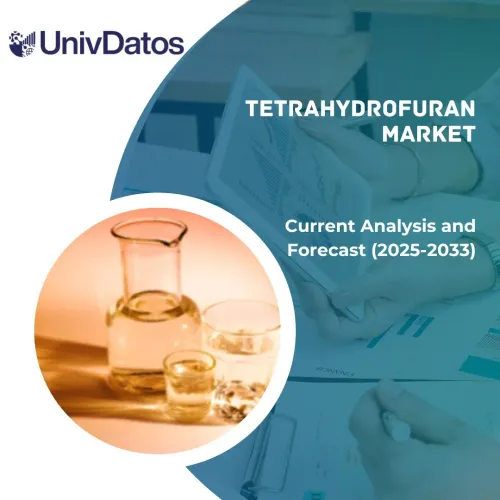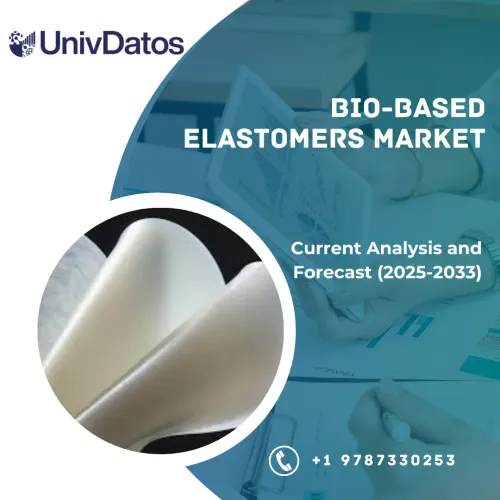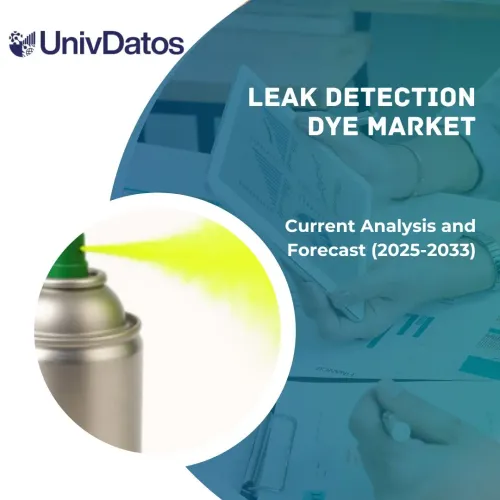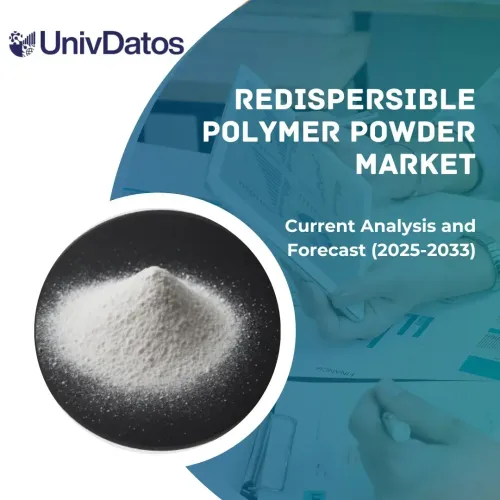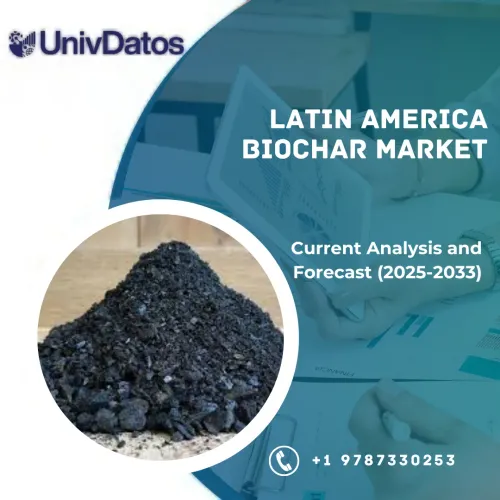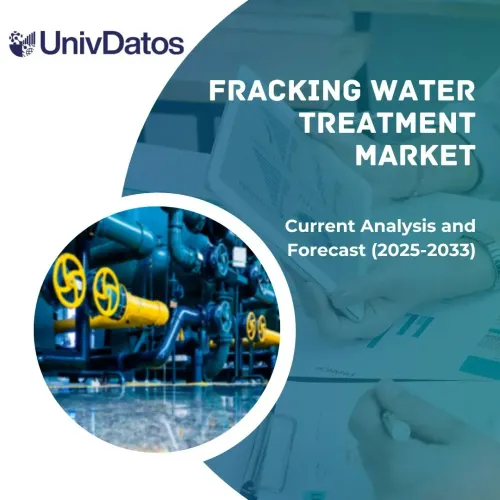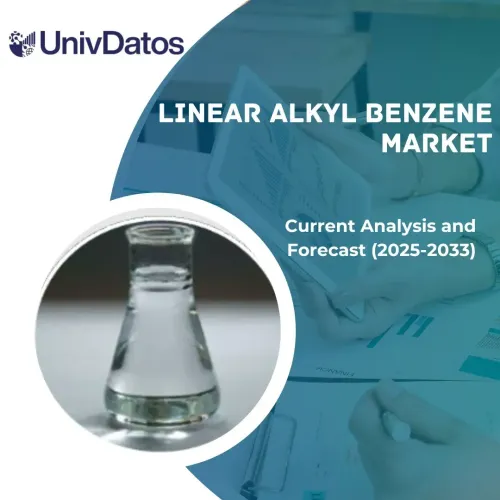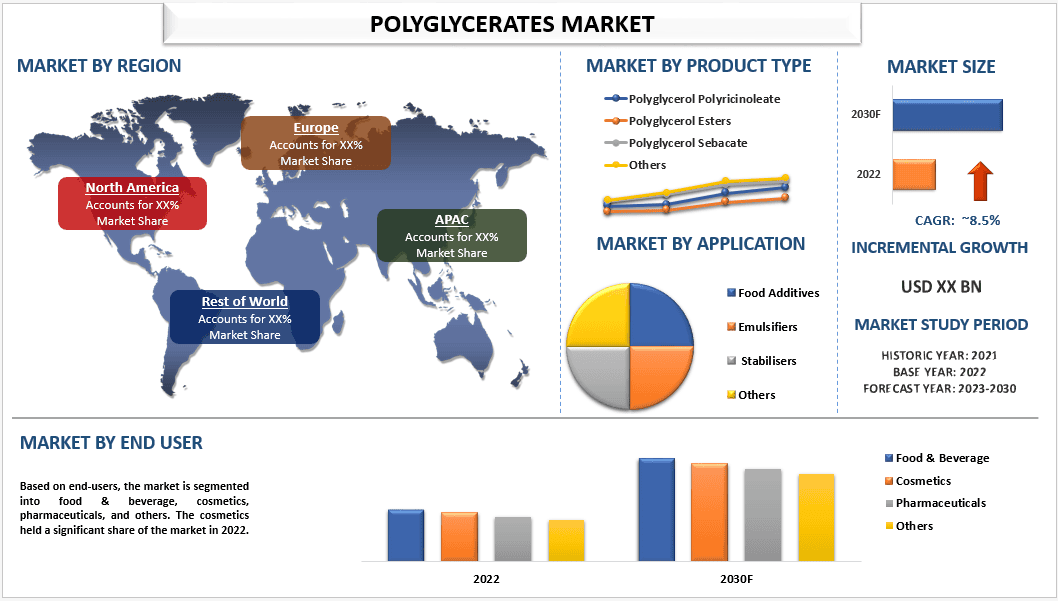
预计在预测期内,聚甘油酯市场将以约8.5%的强劲复合年增长率增长。聚甘油酯是在食品饮料、药品、个人护理产品等各个行业中使用的多功能乳化剂和稳定剂。这些化合物源于甘油和脂肪酸之间的反应,产生一系列具有不同性质的聚甘油酯。推动聚甘油酯需求的关键因素之一是消费者对各种产品中清洁标签和天然成分的日益增长的意识和需求。聚甘油酯通常被优先选择,因为它们被认为是合成乳化剂的安全和环保替代品。此外,它们增强产品的稳定性、质地和保质期的能力使它们在食品和化妆品行业中备受追捧。近年来,聚甘油酯市场上的几家公司之间进行了几项值得注意的合作。例如,2021年,领先的化学公司巴斯夫与瑞士合同开发和制造组织 Lonza 合作,推出了用于个人护理和家庭护理领域的创新型聚甘油酯配方。 这次合作旨在提供定制的解决方案,并满足消费者对可持续和有效产品的日益增长的需求。
市场上的主要参与者包括 ABITEC;杜邦;Estelle Chemicals Pvt. Ltd;Foodchem International Corporation;济南多赢化工技术有限公司;Lonza;三菱化学控股株式会社;Mohini Organics Pvt. Ltd.;Oleon NV;和理研维生素株式会社
报告中提供的见解
“在产品类型中,聚甘油酯 类别将在预测期内以高复合年增长率增长”
根据产品类型,市场细分为聚甘油聚蓖麻油酸酯、聚甘油酯、聚甘油癸二酸酯等。预计在未来期间,聚甘油酯细分市场将以高复合年增长率增长。 聚甘油酯,也被称为 PGE,由于其众多驱动因素,在各个行业中获得了广泛的关注和利用。这些驱动因素使它们非常适合制造和商业应用。首先,PGE 以其卓越的乳化性能而闻名。 它们可以稳定水包油和油包水乳液,并改善食品的质地、稳定性和保质期,例如酱汁、调味汁和烘焙食品。
“在应用中,乳化剂细分市场在 2022 年占据了重要份额”
根据应用,市场细分为食品添加剂、乳化剂、稳定剂等。乳化剂在 2022 年占据了重要的市场份额。对方便食品的需求不断增长是一个突出的驱动因素。 随着生活方式的改变和日程的繁忙,消费者越来越需要即食和加工食品。 聚甘油酯中的乳化剂有助于稳定和改善这些食品的质地和稠度,从而提高其保质期和感官属性。 因此,食品应用中对乳化剂的需求正在稳步增长。聚甘油酯市场中乳化剂领域的另一个驱动因素是制药行业。 乳化剂被用作药物制剂中的赋形剂,有助于活性药物成分的溶解和分散。 对有效药物递送系统的需求不断增长,尤其是在口服和局部应用中,有助于增加制药行业中乳化剂的使用。
“在最终用户中,食品和饮料领域将在预测期内以显着的速度增长”
根据最终用户,市场细分为食品和饮料、化妆品、药品等。预计食品和饮料将在未来期间以高复合年增长率增长。 聚甘油及其衍生物广泛用于食品中。 例如,聚甘油聚蓖麻油酸酯 (PGPR) 被用作低脂涂抹酱生产中的乳化剂。 预计在花生酱和冷冻甜点等产品中增加对乳化剂的消耗,将促进对 PGPR 的需求,从而推动细分市场的增长。
聚甘油酯市场报告范围
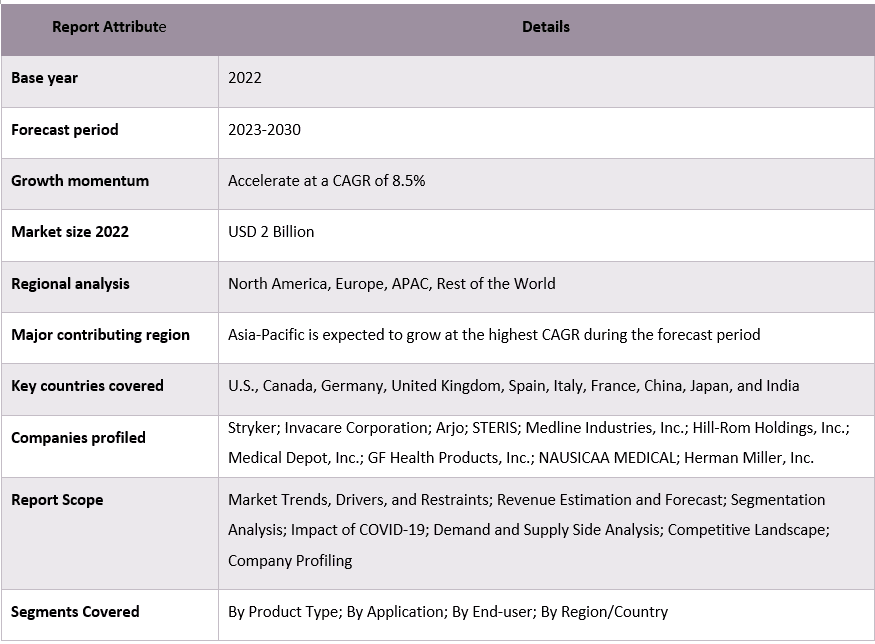
“在区域中,北美地区在 2022 年占据了重要份额”
北美聚甘油酯市场受多种因素驱动,这些因素有助于其增长和发展。首先,食品饮料、药品、个人护理和化妆品等各个行业对聚甘油酯的需求不断增长是关键驱动力。 聚甘油酯被广泛用作这些行业中的乳化剂、稳定剂和表面活性剂,从而提高了产品质量和性能。其次,消费者对健康和保健的认识不断提高,导致对产品中天然和有机成分的需求激增。聚甘油酯源自植物来源并提供天然乳化特性,因此受到希望满足这种消费者需求的制造商的青睐。 这大大促进了北美聚甘油酯的市场增长。
购买此报告的原因:
- 该研究包括了经过权威的行业专家验证的市场规模和预测分析。
- 该报告简要概述了整个行业的表现。
- 该报告深入分析了主要的行业同行,主要侧重于关键的业务财务状况、产品组合、扩张战略和近期发展。
- 对行业中普遍存在的驱动因素、限制因素、关键趋势和机遇进行详细审查。
- 该研究全面涵盖了不同细分市场的市场。
- 对行业的深入区域层面分析。
定制选项:
可以根据要求或任何其他细分市场进一步定制全球聚甘油酯市场。 除此之外, UMI 了解到您可能拥有自己的业务需求,因此请随时与我们联系以获取完全满足您需求的报告。
目录
聚甘油酯市场分析的研究方法 (2023-2030)
分析历史市场、估算当前市场以及预测全球聚甘油酯市场的未来市场是创建和分析聚甘油酯在全球主要地区采用的三个主要步骤。进行了详尽的二手研究,以收集历史市场数据并估算当前的市场规模。其次,为了验证这些见解,考虑了大量调查结果和假设。此外,还对全球聚甘油酯市场价值链中的行业专家进行了详尽的初步访谈。在通过初步访谈对市场数据进行假设和验证后,我们采用自上而下/自下而上的方法来预测完整的市场规模。此后,采用了市场细分和数据三角测量方法来估算和分析行业细分市场的市场规模。下面将详细说明该方法:
历史市场规模分析
第 1 步:深入研究二手资料:
进行了详细的二手研究,以通过公司内部资源(例如)获取聚甘油酯市场的历史市场规模年度报告和财务报表、业绩演示文稿、新闻稿等,以及包括以下内容的外部资源期刊、新闻和文章、政府出版物、竞争对手出版物、行业报告、第三方数据库和其他可靠出版物。
第 2 步:市场细分:
在获得聚甘油酯市场的历史市场规模后,我们进行了详细的二手分析,以收集主要地区不同细分市场的历史市场见解和份额。报告中包括的主要细分市场是产品类型、应用、最终用户和地区。 此外,还进行了国家层面的分析,以评估该地区测试模型的整体采用情况。
第 3 步:因素分析:
在获得不同细分市场的历史市场规模后,我们进行了详细的因素分析以估算聚甘油酯市场的当前市场规模。此外,我们使用依赖变量和独立变量进行了因素分析,例如聚甘油酯市场的产品类型、应用、最终用户和地区。对供需双方的情况进行了全面分析,考虑了全球聚甘油酯市场领域的主要合作、并购、业务扩张和产品发布。
当前市场规模估算与预测
当前市场规模测算:根据上述 3 个步骤的可操作见解,我们得出了当前的市场规模、全球聚甘油酯市场的主要参与者以及细分市场的市场份额。所有所需百分比份额的拆分和市场细分均使用上述二手方法确定,并通过初步访谈进行验证。
预估与预测:对于市场预估和预测,权重被分配给包括驱动因素和趋势、限制因素以及利益相关者可获得的机会在内的不同因素。在分析了这些因素之后,应用了相关的预测技术,即自上而下/自下而上方法,以得出2030年全球主要市场不同细分市场和子细分市场的市场预测。用于估算市场规模的研究方法包括:
- 行业的市场规模,以收入(美元)计算,以及聚甘油酯市场在国内主要市场的采用率
- 市场细分和子细分的百分比份额、拆分和细分
- 全球聚甘油酯市场主要参与者提供的产品。此外,这些参与者为在快速增长的市场中竞争而采取的增长策略
市场规模和份额验证
初步研究:与包括主要地区的顶级管理人员(CXO/VP、销售主管、市场营销主管、运营主管、区域主管、国家主管等)在内的主要意见领袖 (KOL) 进行了深入访谈。然后,对初步研究结果进行总结,并进行统计分析以证明所提出的假设。初步研究的输入与次要发现相结合,从而将信息转化为可操作的见解。
不同地区的主要参与者分布
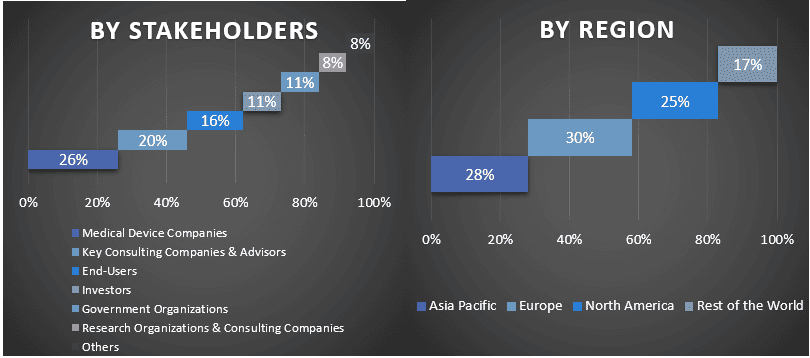
市场工程
采用了数据三角剖分技术来完成整体市场估算,并得出全球聚甘油酯市场每个细分市场和子细分市场的精确统计数字。在研究了产品类型、应用、最终用户和全球聚甘油酯市场区域等各个参数和趋势后,数据被拆分为几个细分市场和子细分市场。
全球聚甘油酯市场研究的主要目标
研究确定了全球聚甘油酯市场的当前和未来市场趋势。投资者可以获得战略见解,以便根据研究中进行的定性和定量分析来决定其投资。当前和未来的市场趋势决定了市场在区域层面的整体吸引力,为行业参与者提供了一个平台,以利用未开发市场,从而受益于先发优势。研究的其他定量目标包括:
- 按价值(美元)分析聚甘油酯市场的当前和预测市场规模。此外,分析不同细分市场和子细分市场的当前和预测市场规模
- 研究中的细分市场包括产品类型、应用、最终用户和地区
- 定义和分析聚甘油酯行业的监管框架
- 分析涉及各种中介机构的价值链,以及分析行业的客户和竞争对手行为
- 分析主要区域的聚甘油酯市场的当前和预测市场规模
- 报告中研究的主要国家/地区包括亚太地区、欧洲、北美和世界其他地区
- 聚甘油酯市场的公司概况以及市场参与者为在快速增长的市场中保持生存而采取的增长策略
- 对行业的深入区域层面分析
常见问题 常见问题
问题1:聚甘油酯市场目前的市场规模和增长潜力是什么?
问题2:推动聚甘油酯市场增长的因素是什么?
问题3:按最终用户划分,哪个细分市场在聚甘油酯市场中占据最大份额?
问题4:聚甘油酯市场的新兴技术和趋势是什么?
问题5:哪个地区将在聚甘油酯市场中占据主导地位?
问题6:哪些是运营于聚甘油酯市场的关键参与者?
相关 报告
购买此商品的客户也购买了

